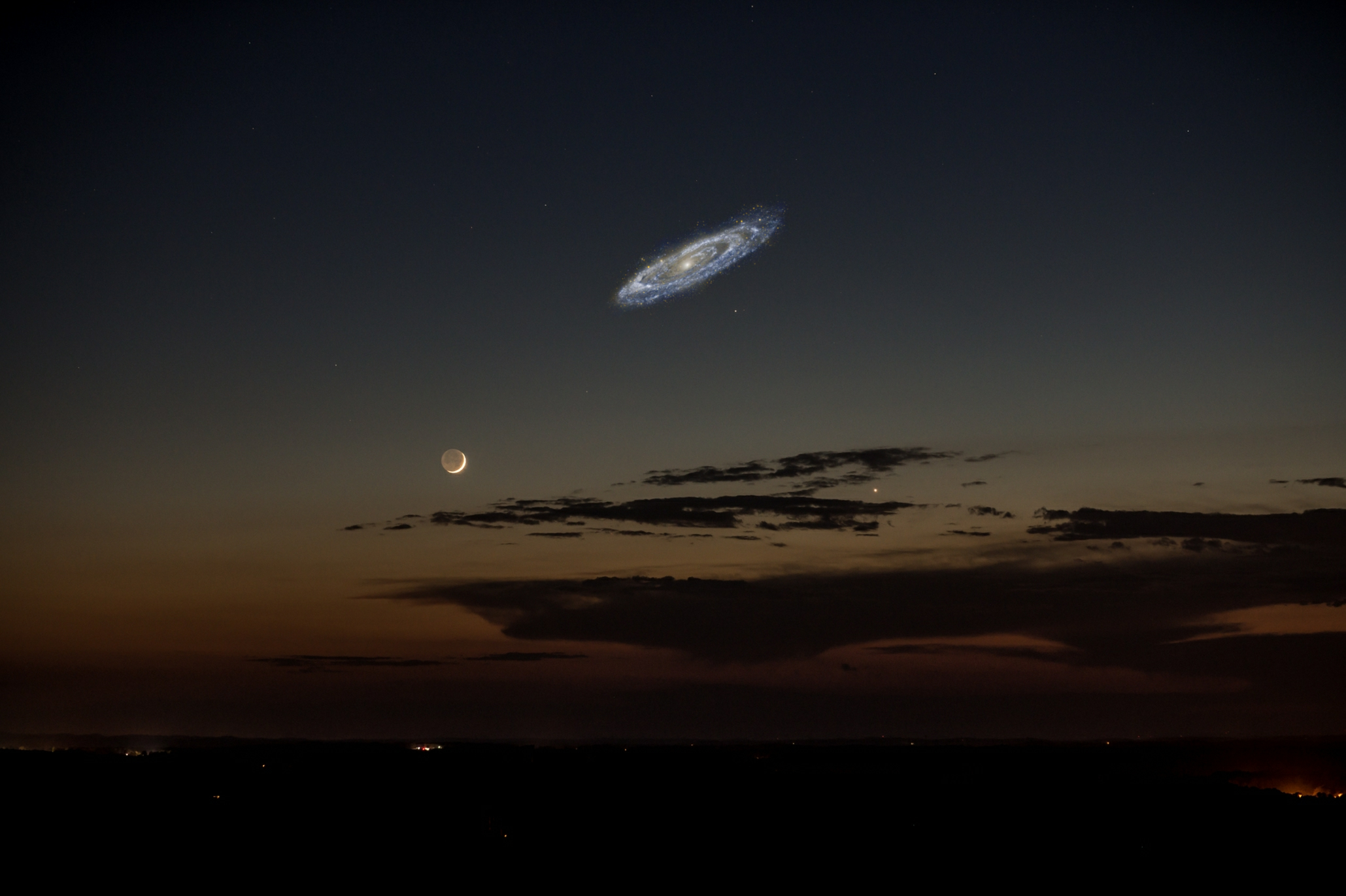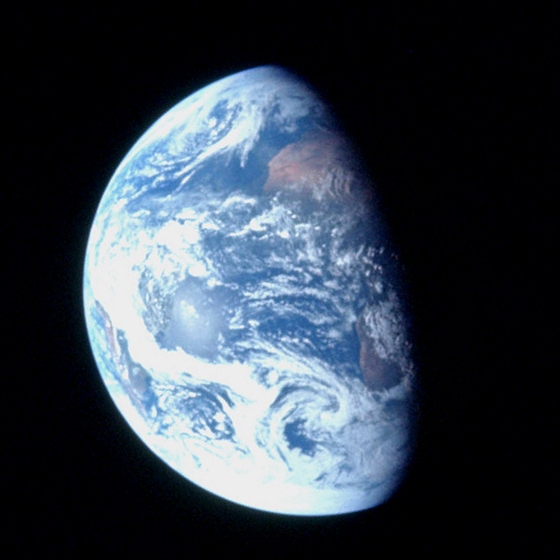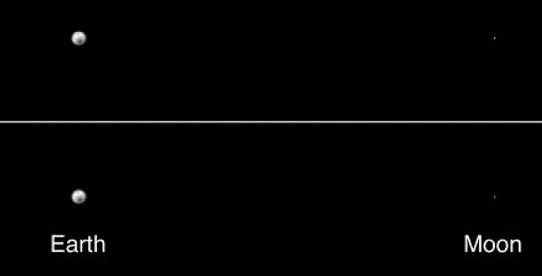It looks like you're using an Ad Blocker.
Please white-list or disable AboveTopSecret.com in your ad-blocking tool.
Thank you.
Some features of ATS will be disabled while you continue to use an ad-blocker.
share:
a reply to: Kangaruex4Ewe
Thanks for the input sir moderator... lol
Keep in mind I stated I was no expert.
Thanks for the input sir moderator... lol
Keep in mind I stated I was no expert.
edit on 16-9-2015 by frostie because: an idiot
a reply to: HawkeyeNation
I must agree , Uranus does look big in those pictures .
So you're saying we could fit about 30 Earths in Uranus?
I must agree , Uranus does look big in those pictures .
a reply to: frostie
Jupiter is so huge you could fit all the planets in our solar system into it.
What would bother me far more than having the sun light shut out by that monstrosity would be the effect it could have on our atmosphere. I am not sure whether it would attract and therefore pull against the layers that protect us.
If I remember right then one could put Jupiter into the sun and still have loads of room to boogey.
Jupiter is so huge you could fit all the planets in our solar system into it.
What would bother me far more than having the sun light shut out by that monstrosity would be the effect it could have on our atmosphere. I am not sure whether it would attract and therefore pull against the layers that protect us.
If I remember right then one could put Jupiter into the sun and still have loads of room to boogey.
a reply to: frostie
I did another thread re how M31 the Andromeda Galaxy would look in the sky if it was as bright as the Moon.
How Our Sky Would Look If Andromeda was Brighter

I did another thread re how M31 the Andromeda Galaxy would look in the sky if it was as bright as the Moon.
How Our Sky Would Look If Andromeda was Brighter

edit on 16-9-2015 by wmd_2008 because: (no reason given)
For everyone concerned with the actual viewing-angle "alpha" of Jupiter, here is the formula to use:
alpha = 2 x arctan (diameter_jupiter/(2*distance earth_moon))
alpha = 2 x arctan (diameter_jupiter/(2*distance earth_moon))
Jupiter would subtend an angle of about 20 degrees in Earth's sky at the average distance of the Moon, so that image looks fine. As for the volume of
Uranus, the radius is roughly four times that of Earth, so the volume is roughly four cubed, which is 64. That's roughly how many Earths would fit
inside it.
originally posted by: Sublimecraft
originally posted by: frostie
Im no expert on the sizes of the planets and how they would appear if they were the same distance away as the moon.
I was thinking Jupiter should appear much bigger.
Thoughts?
Typical - Pluto gets dissed again. Pluto always gets the rough-end of the stick and imo I put this down to astro-discrimination
It's because Pluto is the Napoleon of the planets, super tiny and doing whatever it wants.
originally posted by: Vector99
originally posted by: Sublimecraft
originally posted by: frostie
Im no expert on the sizes of the planets and how they would appear if they were the same distance away as the moon.
I was thinking Jupiter should appear much bigger.
Thoughts?
Typical - Pluto gets dissed again. Pluto always gets the rough-end of the stick and imo I put this down to astro-discrimination
It's because Pluto is the Napoleon of the planets, super tiny and doing whatever it wants.
Well, I hope we can still find it once we've put it to rest.
nothing worse than losing your Pluto and finding it hidden under some dudes bed a hundred years later lol.
Oo
a reply to: NightSkyeB4Dawn
That's hilarious! when I seen the Jupiter one, I also got a queasy feeling for some reason. lol to funny!
That's hilarious! when I seen the Jupiter one, I also got a queasy feeling for some reason. lol to funny!
a reply to: frostie
To help put it somewhat in perspective - Every single planet in our solar system can comfortably fit between the Earth and the Moon.
Distance from Earth to the Moon - 384,403 km / 238,857 miles
Jupiter - 88,846 miles (diameter)
Saturn - 36,184 miles (diameter)
To help put it somewhat in perspective - Every single planet in our solar system can comfortably fit between the Earth and the Moon.
Distance from Earth to the Moon - 384,403 km / 238,857 miles
Jupiter - 88,846 miles (diameter)
Saturn - 36,184 miles (diameter)
originally posted by: Sublimecraft
originally posted by: frostie
Im no expert on the sizes of the planets and how they would appear if they were the same distance away as the moon.
I was thinking Jupiter should appear much bigger.
Thoughts?
Typical - Pluto gets dissed again. Pluto always gets the rough-end of the stick and imo I put this down to astro-discrimination
It's because is so close to Uranus. //cue-rimshot//
a reply to: NightSkyeB4Dawn
They don't give me vertigo on the computer screen, but the first time I went out into the desert and looked up at the night sky, I did get slight vertigo from the sheer amount of and intensity of all of the stars--it literally startled me and made me feel nervous for a bit. If these really were looming overhead, it'd be uncomfortable, to say the least.
They don't give me vertigo on the computer screen, but the first time I went out into the desert and looked up at the night sky, I did get slight vertigo from the sheer amount of and intensity of all of the stars--it literally startled me and made me feel nervous for a bit. If these really were looming overhead, it'd be uncomfortable, to say the least.
originally posted by: Xcathdra
a reply to: frostie
To help put it somewhat in perspective - Every single planet in our solar system can comfortably fit between the Earth and the Moon.
Distance from Earth to the Moon - 384,403 km / 238,857 miles
Jupiter - 88,846 miles (diameter)
Saturn - 36,184 miles (diameter)
Thanks, I was just going to mention that. The Moon is very far away from us. With Jupiter taking its place, there would still be space for Saturn, Neptune, Uranus, and all other planets end-to-end before you reach Earth.
well the earth should look a whole lot bigger, seen from the moon, than it actually appears to in every moon-based 'earth shot'. so accuracy isn't to
be taken for granted.
originally posted by: RoScoLaz4
well the earth should look a whole lot bigger, seen from the moon, than it actually appears to in every moon-based 'earth shot'. so accuracy isn't to be taken for granted.
It's all about the lens used. Just like with images of the Moon as captured from Earth, you can get a small Earth with wide-angle lens, and a large Earth with telephoto lens. You can do a research into the lens used by the Apollo astronauts, the distance to Earth during each shot, how large Earth appears in those shots, and confirm or refute your position. Be my guest.
From my own research (by simply using the images and not involving maths), Apollo astronauts managed to get good shots of Earth, which looked fairly large, and the cloud formations matched the satellite images taken at the time.

For a comparison, the full moon as seen from Earth looks no bigger than your thumb nail on the outstretched arm.
edit on 16-9-2015 by
wildespace because: (no reason given)
originally posted by: wmd_2008
a reply to: frostie
This shows it even better
I just remembered that a couple of months ago I had a dream where I had gone to see a Doctor at a University Hospital in Cleveland. On leaving the campus building, it was late evening, I walked out to everyone standing still, looking up at the sky. Above us were three huge planet like objects that looked very much like the view of Saturn and it's moons.
It was an amazing sight and everyone was clueless about what or why it was happening. Now I no why I had such a visceral response to the pictures. It was much worse in my dream.
new topics
-
Thousands Of Young Ukrainian Men Trying To Flee The Country To Avoid Conscription And The War
Other Current Events: 2 hours ago -
12 jurors selected in Trump criminal trial
US Political Madness: 5 hours ago -
Iran launches Retalliation Strike 4.18.24
World War Three: 5 hours ago -
Israeli Missile Strikes in Iran, Explosions in Syria + Iraq
World War Three: 5 hours ago -
George Knapp AMA on DI
Area 51 and other Facilities: 11 hours ago -
Not Aliens but a Nazi Occult Inspired and then Science Rendered Design.
Aliens and UFOs: 11 hours ago
top topics
-
George Knapp AMA on DI
Area 51 and other Facilities: 11 hours ago, 25 flags -
Israeli Missile Strikes in Iran, Explosions in Syria + Iraq
World War Three: 5 hours ago, 14 flags -
Louisiana Lawmakers Seek to Limit Public Access to Government Records
Political Issues: 13 hours ago, 7 flags -
So I saw about 30 UFOs in formation last night.
Aliens and UFOs: 17 hours ago, 6 flags -
Iran launches Retalliation Strike 4.18.24
World War Three: 5 hours ago, 6 flags -
Not Aliens but a Nazi Occult Inspired and then Science Rendered Design.
Aliens and UFOs: 11 hours ago, 5 flags -
12 jurors selected in Trump criminal trial
US Political Madness: 5 hours ago, 4 flags -
The Tories may be wiped out after the Election - Serves them Right
Regional Politics: 15 hours ago, 3 flags -
Thousands Of Young Ukrainian Men Trying To Flee The Country To Avoid Conscription And The War
Other Current Events: 2 hours ago, 3 flags
active topics
-
Mandela Effect - It Happened to Me!
The Gray Area • 108 • : ArMaP -
Mood Music Part VI
Music • 3058 • : Hellmutt -
Fossils in Greece Suggest Human Ancestors Evolved in Europe, Not Africa
Origins and Creationism • 60 • : whereislogic -
Scarface does Tiny Desk Concert
Music • 7 • : sitrose -
The Acronym Game .. Pt.3
General Chit Chat • 7727 • : F2d5thCavv2 -
Russia Ukraine Update Thread - part 3
World War Three • 5697 • : F2d5thCavv2 -
Do we live in a simulation similar to The Matrix 1999?
ATS Skunk Works • 22 • : SchrodingersRat -
Iran launches Retalliation Strike 4.18.24
World War Three • 15 • : semperfortis -
President BIDEN Warned IRAN Not to Attack ISRAEL - Iran Responded with a Military Attack on Israel.
World War Three • 43 • : WeMustCare -
Israeli Missile Strikes in Iran, Explosions in Syria + Iraq
World War Three • 52 • : WeMustCare


